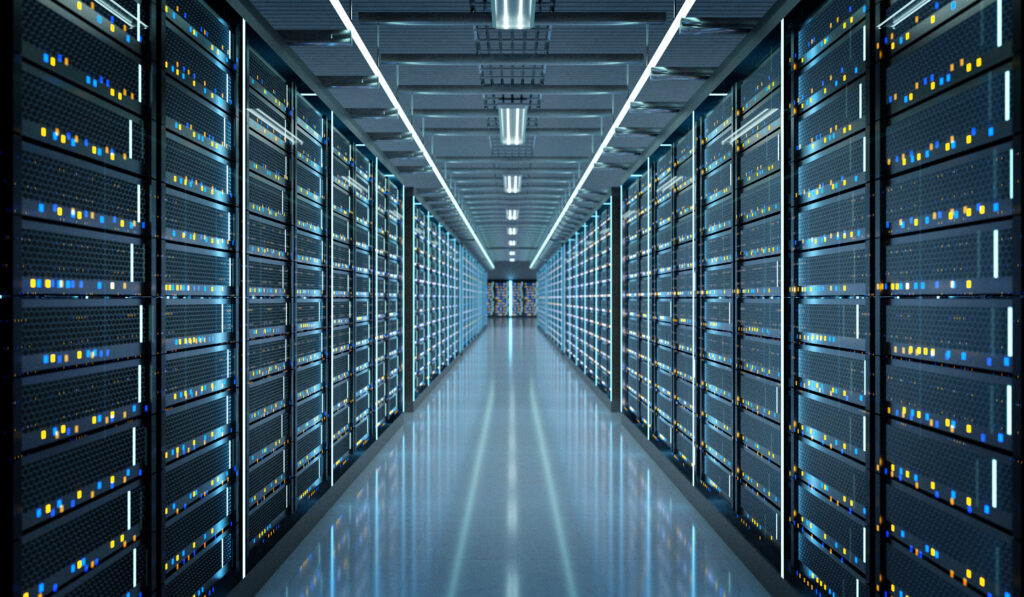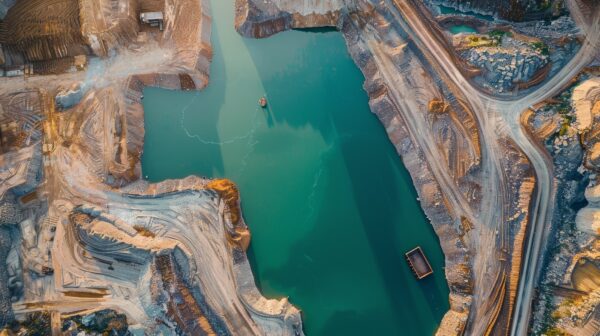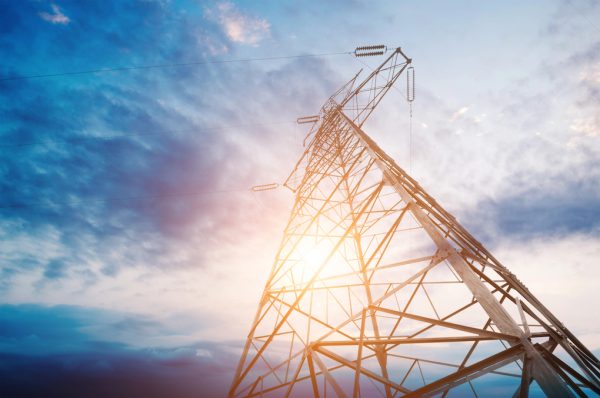Satish Rao, Managing Director at Clareo, attended NY Climate Week 2025 to engage with industry leaders on the critical energy infrastructure issues shaping the future of data centres and AI development.
NY Climate Week 2025 was primarily focused on energy, especially data center energy demand. The artificial intelligence boom is significantly changing power needs, creating both opportunities and major infrastructure challenges.
The scale of demand
Data center development has transformed dramatically. Hyperscalers now require multiple gigawatts of power for new facilities, a substantial increase from the several hundred megawatts typical just a few years ago. U.S. data center electricity consumption is projected to reach between 325 to 580 TWh by 2028, up from 176 TWh in 2023—representing potential growth to 12% of total U.S. electricity demand, up from 4% today!
This explosive growth reflects AI’s emergence as a geopolitical priority, with Western nations and China competing for technological supremacy. The race extends beyond large language models to encompass AI, edge computing and machine learning applications across industrial and defence sectors.
Priorities for developers
For data center developers, speed ranks as the paramount concern. This came through quite clearly in the panel conversations and discussions during NY Climate Week. Following speed, developers need adequate, reliable and affordable energy with electricity representing a substantial portion of operational costs. Sustainability, while not forgotten, tends to take a back seat to maintaining operations in the current environment.
Infrastructure bottlenecks
Several critical constraints are stalling development. Grid interconnection wait times now have a median of five years. Permitting delays and regulatory uncertainty add multiple years to project timelines.
Equipment procurement poses another challenge: gas turbines face five to seven-year backlogs, with manufacturers advising customers to plan seven plus years ahead.
Foreign Entity of Concern (FEOC)-compliant batteries remain difficult to source due to Chinese market dominance, creating risks around U.S. tax credit eligibility and driving up costs for energy storage projects.
And last but not least, finding optimal data center locations with workable energy access, grid interconnection capability, and acceptable bandwidth and latency has become increasingly complex.
Potential solutions
Addressing these challenges requires a multifaceted approach. Smart energy strategies deploying AI can improve reliability and operational performance, while portfolio approaches to energy development consider all forms for baseload needs: nuclear, natural gas, and geothermal alongside renewables with energy storage.
Given the lengthy grid interconnection timelines, ‘power behind the meter’ is gaining significant traction. Developers are increasingly building captive energy projects that bypass grid connection delays. Renewable energy combined with batteries providing four-hour uninterrupted power can meet data center uptime requirements effectively, offering a quicker route to operational capacity.
Supporting these technical solutions, improved demand response programmes, private capital investments, and supportive policy frameworks—including incentives and rebates—are crucial enablers. Grid modernisation across the U.S. remains a key long-term priority.
Success ultimately requires increased collaboration amongst data center developers, energy and infrastructure companies, government agencies, utilities, and innovators to navigate these challenges and meet the surging demand for computing power.





